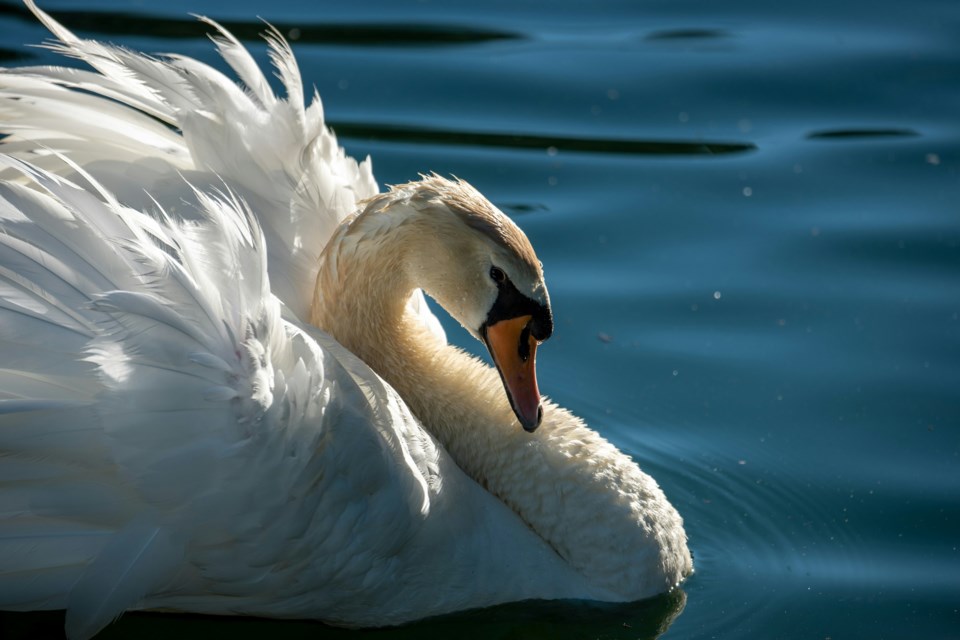THUNDER BAY — One expert says the connection between a warming planet and the early arrival of migratory birds to nesting grounds in and around Thunder Bay is no longer deniable.
In fact, he says, it's playing out before our eyes.
"It's definitely because of climate change," Matt Fuirst, a wildlife researcher who manages observatory operations at Birds Canada's Long Point observatory on Lake Erie, said on Wednesday.
"We need to show the public what we've been seeing."
Fuirst was asked to comment on the arrival of white swans late last month on a river west of Thunder Bay. Locals said the big birds sometimes don't come there until late April or early May.
"It's been an El Nino winter, which is a natural (warming) occurrence, but it's more extreme because of the combined impact of climate change," Fuirst said.
Fuirst said many migratory species will head north earlier than normal if they are triggered by warming temperatures and can hunt for food sources, like worms, if those sources aren't frozen or covered in snow.
Stark evidence of changing patterns occurred in late December when about 6,000 sandhill cranes — an astonishingly high number, Fuirst said — were seen at the Long Point observatory in time for the annual Christmas Bird Count.
Fuirst said the disturbance of normal migratory cycles could be bad news for some species, especially those that fly long distances, such as warblers. They could reach nesting grounds only to find that food sources are scarce, or they could freeze to death, according to Fuirst.
Some species that make shorter migrations, such as waterfowl and shoreline birds, may be able to adapt to climate change, Fuirst said.
Meanwhile, recent history hasn't been kind to birds in North America.
Since the 1970s, total bird populations across a variety of continental species have dropped by three billion, Fuirst noted.
Brian Ratcliff, who writes a regular bird column for The Chronicle-Journal, remarked that "this has been a strange winter, almost spring-like conditions all season.
"A lot of strange and interesting sightings so far this year," Ratcliff added.
Ratcliff said trumpeter swans have been spotted "over the past couple of weeks" in and around Thunder Bay, usually winter south of Kansas on the Mississippi River.
